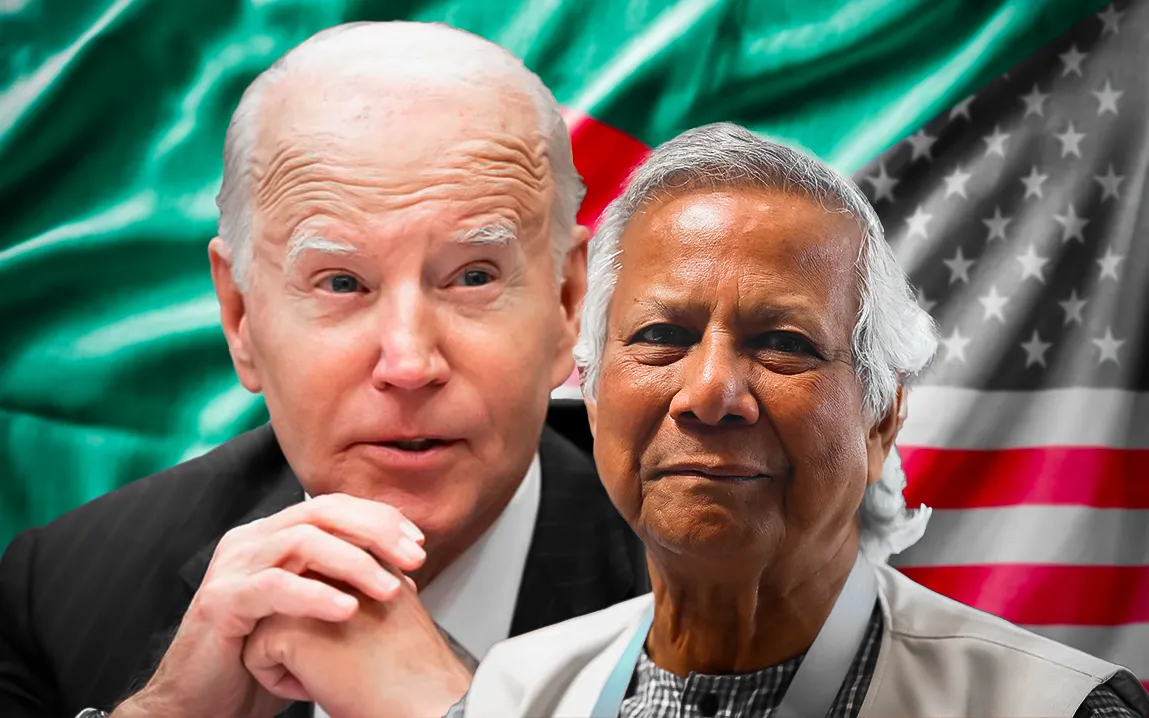Recently, the cryptocurrency market faced extreme decline when Bitcoin plunged to less than the $100,000 level, while XRP went down by 33%. The factors responsible for such declines are basically associated with escalating trade tensions because of new tariffs issued by the U.S. government.
Bitcoin, the most capitalized cryptocurrency, dropped to a historic low of about $95,000 following a significant fall from the high marked earlier. The dumping happened concurrently with the U.S. administration’s announcement of 25% tariffs on imports from Canada and Mexico and 10% on goods from China. The affected countries have retaliated, further fueling fears that the world may be witnessing a trade war.
Bitcoin’s decline was a reflection of the broader cryptocurrency market. XRP, the coin associated with Ripple, took an enormous hit to fall by as much as 33% and traded at approximately $2.29. Others, like Ethereum and Solana, dropped by large numbers, causing losses of about $430 billion to the market at large.
Analysts point out that due to the heightened trade tensions, investors have pulled money from riskier assets, which also include cryptocurrencies. The application of levies will raise prices and cause inflation, leading to a tricky monetary policy for the Federal Reserve. All this has made people seek alternative investments that are less risky, with this situation putting downward pressure on the crypto market.
Volatility in the market saw the big cryptocurrency-related stocks plunge. Stocks like those for Coinbase, Robinhood, MicroStrategy, Marathon Holdings, and Riot Platforms dropped by over 5%. That is yet another indicator showing how closely traditional financial markets are integrated with the cryptocurrency space.
Despite the recent downturn, the long-term view of the cryptos by most market participants has not been drastically changed. A few still maintain that the value of digital assets will rise despite geopolitical uncertainty and inflationary forces. In short, this does not show macroeconomic influences over digital asset prices.
Investor guidance: Keep a close watch on any developments in international trade relations. Market sentiments and future trajectories of cryptocurrencies in light of the present developments are expected to be heavily dependent on future negotiations and conclusions regarding the disputed tariffs.
In summary, the impact of recently imposed tariffs by the U.S. government has impacted the cryptocurrency space profoundly, seeing a huge and considerable decline in major digital asset prices such as Bitcoin and XRP. On-going trade wars illustrate how volatile the crypto markets are with external global economic decisions, making safe investment strategies, especially in times like these imperative.




